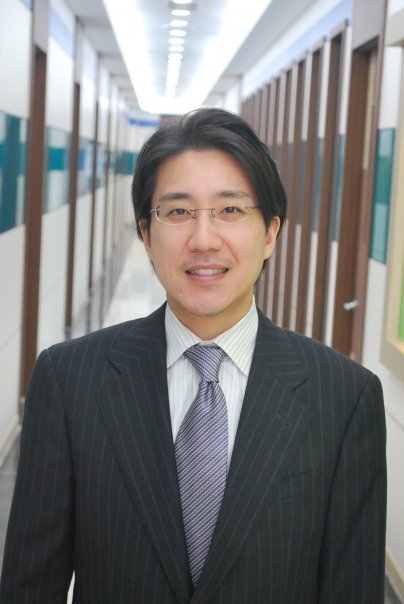
David Jhoon Kim is the former CEO and co-founder of C2 Education Centers which he founded in his college dorm room along with Jim Narangajavana. Currently, he is the publisher of Teen Ink.
Almost 40% of deaths in the United States are attributable to preventable health behaviors¹ and we owe it to ourselves to prevent them by improving social determinants of health: income, housing security, education, and food security, among others². Some estimate that community-based social interventions could save $5 for every $1 invested. Community-based health solutions will optimize our tax dollars while ensuring healthy outcomes for Americans.
One of our most urgent needs is addressing nutrition inequities in low income neighborhoods and neighborhoods with food deserts. Over 23.5 million Americans live in low income areas that are more than a mile from a supermarket, and thus end up resorting to fast food restaurants or higher-priced convenience stores³. With nutritious food becoming more expensive and unhealthy food becoming cheaper4, what starts as a financial decision by low income Americans becomes a critical long term health crisis for our families and communities.
Additionally, proximity to violence severely impacts the health and wellbeing of our communities. Over a million Americans have been shot in the last decade. One in four women and one in ten men have experienced domestic violence5. Survivors of childhood trauma, such as exposure to violence in the home, are 59% more likely to be arrested as a juvenile6 - continuing the cycle of harm. We need to address these problems not from a punitive perspective, but from a preventative one, starting with stricter gun control legislation (which a majority of Americans support7).
And lastly, we currently lack widespread access to family and mental health programs for all, which would help prevent countless comorbidities, save billions of dollars in reactive treatment costs in the process, and allow our society to fulfill its potential. Currently, insurance only provides access to half our nation’s psychiatrists. We need to find ways to increase accessibility